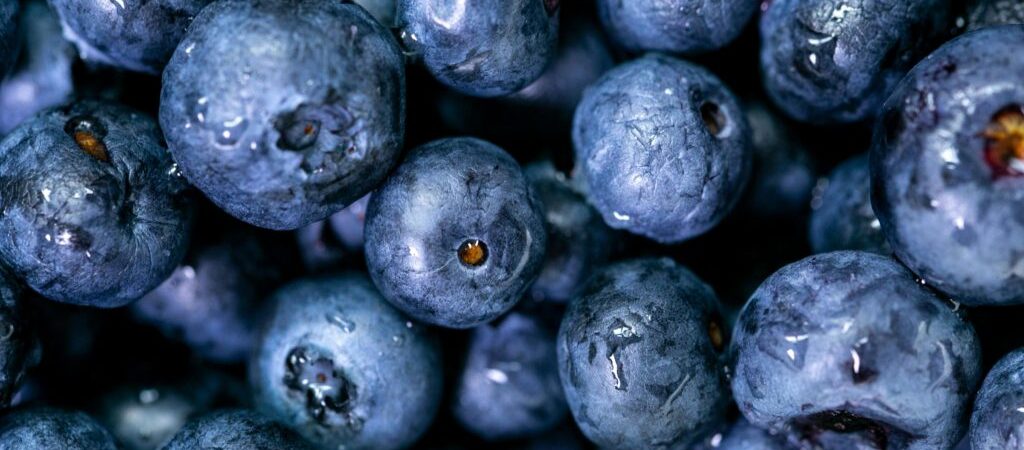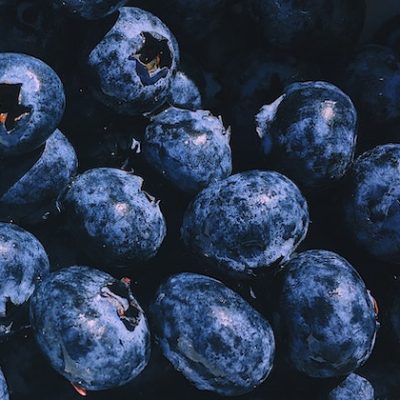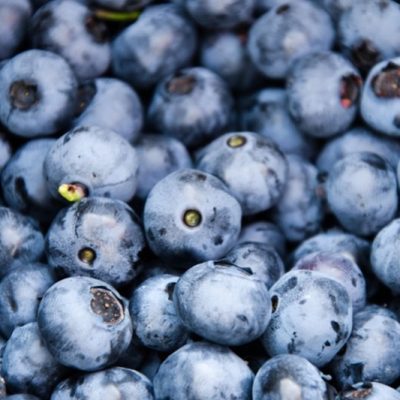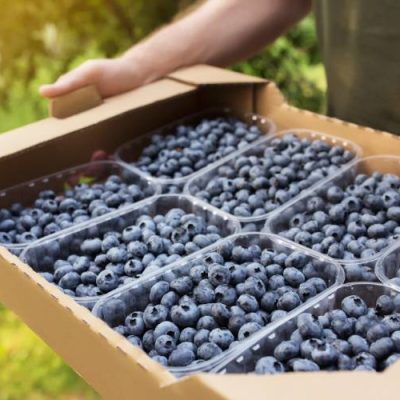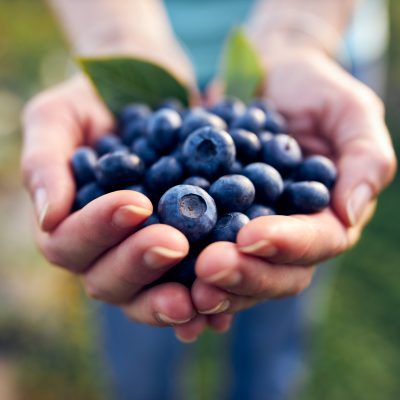Chile anticipates a high-quality 2025 blueberry season thanks to varietal renewal
- . October 2025
Chile’s blueberry industry had one clear goal: generating a supply of blueberries of consistent quality for the competitive berry market. To complete this mission, the industry took the varietal renewal route.
Today, there are fields of new blueberry cultivars, and, thanks to these coming to fruition, the “Chilean blueberry industry is showing clear signs of recovery and maturity,” said Julia Pinto, Technical Manager of the Blueberry Committee of Frutas de Chile.
This season, the committee projects a slight increase over last season, with output volume around 91,500 tons. However, the more significant figure is that volumes from this varietal renewal—focused on quality, firmness, size, and flavor—will increase by 67 percent, and traditional varieties are expected to decline by 17 percent.
As a result, replacement varieties will now account for 35 percent of total exports, compared to 21 percent last season. Of the 90 million tons, about 33 million will come from replacement varieties.
“The focus is not overall volume, but quality and productivity,” Pinto explained. “This is what we want to emphasize: the concrete push toward a more modern industry with fruit in better condition.”
Varietal renewal becomes reality
Chilean growers began the varietal renewal process around eight years ago, and they’re now beginning to see the tangible results in the field.
Pinto noted that many producers have opted to retire older varieties for frozen production and have invested in new protected varieties, including both club varieties and royalty-based varieties from diverse genetic lines.
“The producer today has more tools and greater certainty thanks to validation work conducted jointly with universities, nurseries, and geneticists,” she added.
It is also important to note that the production area has been adjusted. Official records from the Chilean Bureau of Agrarian Studies and Policies cite over 35,000 acres, but the Committee estimates that after recent plantings and varietal renewals, the total area approaches almost 39,000 acres, with a focus on productive efficiency.
“The emphasis is on making the most of every planted meter, with varieties that are adapted, resilient, and capable of producing premium fruit,” explained Pinto.
Technical work and future outlook
Julia Pinto highlighted the success of the technical work led by the committee, which, from the outset, focused on validating this varietal renewal in the field, monitoring their agronomic performance, and then evaluating postharvest quality in collaboration with the Postharvest Studies Center at the University of Chile.
“This integrated approach—from the field to the consumer—has enabled producers to make informed decisions, supported by statistical and technical evidence,” she said.
Looking ahead, the committee will continue to focus on monitoring new varieties, with support from genetics companies and nurseries.
“We will also continue to drive research in pest and disease management, water and climate management, key aspects in an increasingly challenging global scenario,” she explained. “Technical transfer remains central.”
Commercial strategy
Regarding commercial initiatives, Pinto noted that the committee maintains an active presence at international trade shows such as Fruit Logistica (Berlin), Asia Fruit Logistica (Hong Kong), Fruit Attraction (Madrid), and IFPA (United States), while also strengthening markets such as South Korea and Brazil.
“We are also working on opening new destinations such as the Philippines and Vietnam, where sanitary inspectors will soon arrive to validate import protocols,” she explained.
This season, the committee will also increase its presence in Latin America and run promotional programs and activities in Brazil, Argentina, and Chile to boost blueberry consumption in the region.
“We are showing the world that Chile can not only produce high-quality fruit, but that we have successfully reinvented ourselves and can compete on equal footing with fruit from other origins.”
Challenges and opportunities
Regarding industry challenges, the Technical Manager said the focus is on maintaining and improving quality, especially amid factors such as extreme weather events, emerging diseases, and stricter sanitary requirements.
It is also crucial to maintain Chile’s status as a fruit fly-free country and ensure logistical efficiency, both strategic requirements for sustaining competitiveness.
With the season already underway—particularly in the north—and fruit shipped to South Korea in excellent condition, the Chilean blueberry industry looks at the future with optimism.
“We have the genetics, the climate, and the management practices. The important thing now is to execute everything correctly—from harvest to post-harvest,” she said. “There is no margin for error today.”
10-28-2025
Source: Freshfruitportal.com



